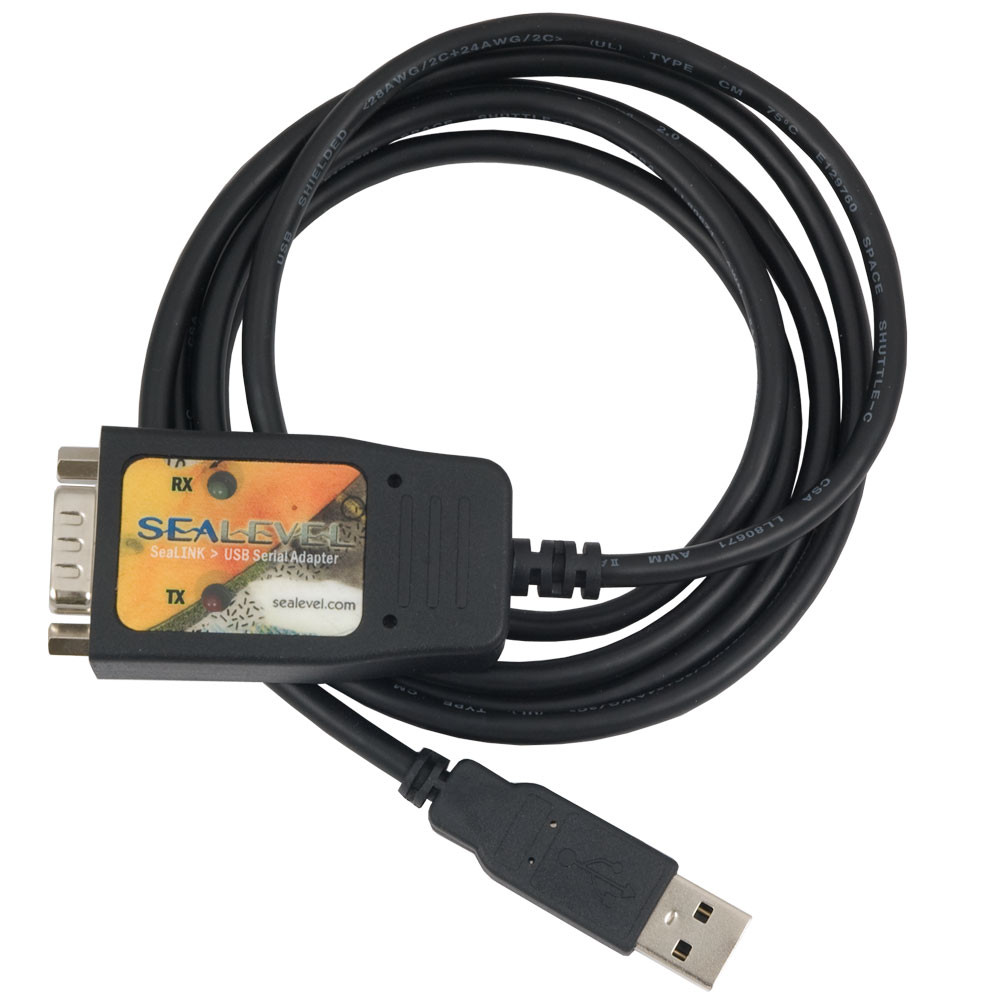Adapting to Changing Technology: USB to Serial

Serial ports are used to connect a computer to peripheral devices and external equipment like printers, mice and keyboards. With serial ports, data is transferred sequentially, one bit at a time. Commonly used serial interfaces include RS-232, RS-422, RS-485, and USB (universal serial bus). USB is a special, standardized type of serial interface that is capable of operating at a much faster data rate than other serial interfaces.
How Do USB to Serial Adapters Support Legacy Equipment?
Before the advent of USB, RS-232 was the most common form of serial interface for serial data communication. As a result, legacy equipment, prevalent in medical and military environments, will often require RS-232 serial communication but most modern computers do not have a RS-232 port. Instead, most modern computers have USB ports for interfacing with external equipment. Because of this discrepancy, modern computers without RS-232 ports require an adapter that converts USB signals from a USB port into RS-232 signals. In this way, USB to serial converters enable modern computers to interface with legacy equipment.
Primary Reasons for the Migration from RS-232 to USB
In the last few years, RS-232 serial ports have nearly disappeared from computers with USB ports replacing them. Similarly, peripheral devices like keyboards, mice, printers and other external equipment have also adopted USB ports over RS-232 ports. Two primary factors are influencing this migration from RS-232 to USB: 1) Speed (Data Rate) and 2) Durability.
Speed (Data Rate)
The average speed of an RS-232 serial port is 0.15 Mbit/s while the very first version of USB, USB 1.0 introduced in 1996, allows 1.5 Mbit/s data rates. This first USB specification is approximately 10 times faster than RS-232. Since then, USB data rates have continued to increase rapidly. In 2017, USB 3.2 was released with allows data rates up to 20 Gbit/s or 20,000 Mbit/s, approximately 100,000 faster than RS-232.
Durability
USB ports are more rugged and durable when compared to typical serial ports which have small pins that can be easily bent. This enables USB ports to be used in more industrial and extreme environments where shock, vibration and other physical disturbances are factors.
Other Advantages of USB
- The USB interface is self-configuring, eliminating the need for the user to adjust the device’s settings for speed or data format, or configure interrupts, input/output addresses, or direct memory access channels.
- USB connectors are standardized at the host, so any peripheral can use most available receptacles. USB takes full advantage of the additional processing power that can be economically put into peripheral devices.
- The USB interface is hot-swappable so devices can be exchanged without rebooting the host computer.
- Small devices can be powered directly from the USB interface, eliminating the need for additional power supply cables.
- The USB interface defines protocols for recovery from common errors, improving reliability over previous interfaces.
- Installing a device that relies on the USB standard requires minimal operator action. When a user plugs a device into a port on a running computer, it either entirely automatically configures using existing device drivers, or the system prompts the user to locate a driver, which it then installs and configures automatically.
- Because use of the USB logo is only permitted after compliance testing, the user can have confidence that a USB device will work as expected without extensive interaction with settings and configuration.
USB is positioned to continue as a preferred serial interface primarily due to its fast speed and enhanced durability. And for legacy equipment, USB to serial adapters have a stronghold as a means to enable communication with modern computers and peripherals.

Sealevel SeaLINK® USB Serial Adapters
Whether you require one serial port or sixteen, SeaLINK® USB serial adapters will have you quickly communicating with RS-232, RS-422 and RS-485 peripherals. Unlike traditional UART-based products, SeaLINK USB serial adapters use a state-machine architecture that reduces host processor overhead for faster, more reliable communications. Sealevel offers the largest selection of USB serial adapters available, including models with software configurable electrical interfaces.
Categories:
